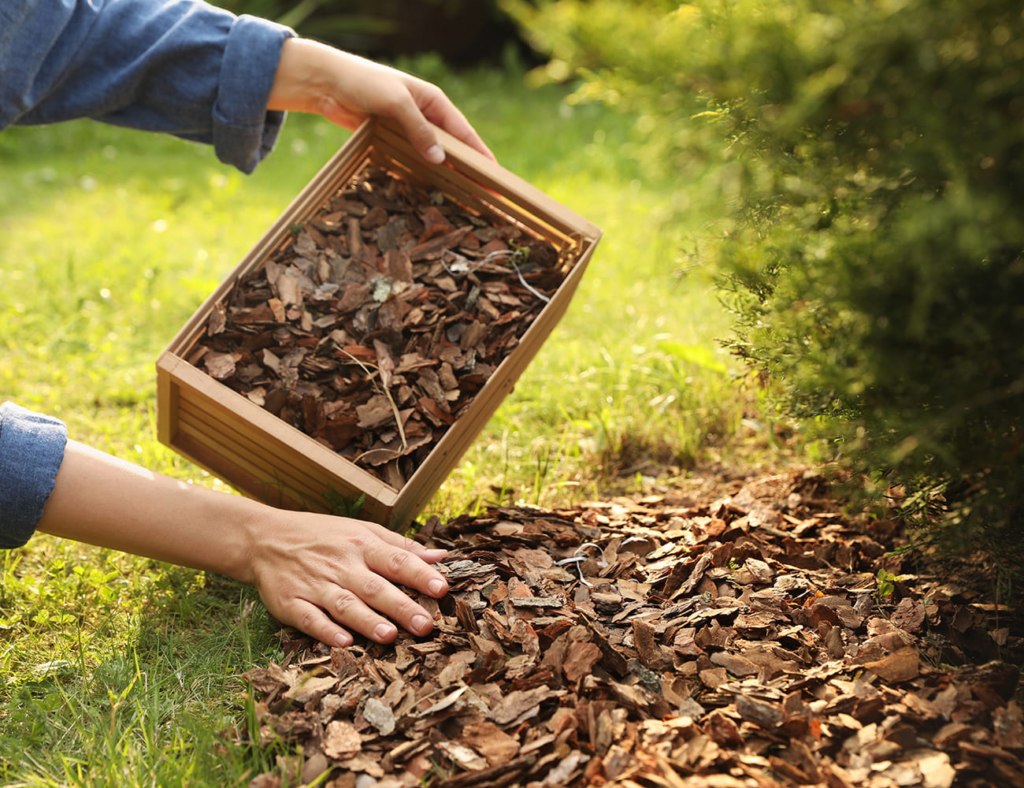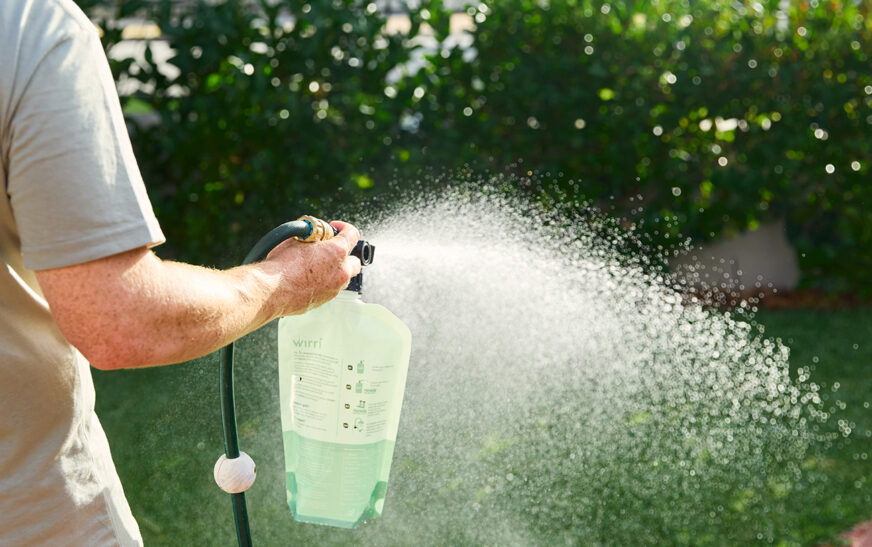Maintaining a lush, green lawn in drought conditions is a challenge, but it’s not impossible. With the right strategies, you can keep your lawn healthy and resilient even during prolonged dry periods. By selecting the right grass, adjusting watering habits, and making smart soil improvements, you can ensure your lawn survives and thrives. This guide covers practical steps to prepare your lawn for drought, helping you save water while keeping your outdoor space looking great.
Choose Drought-Resistant Grass Varieties
One of the most effective ways to prepare your lawn for drought is by selecting drought-tolerant grass varieties. Some grass types naturally require less water and can withstand extended dry periods better than others. Buffalo grass, couch grass, and kikuyu are popular choices for Australian lawns due to their deep root systems and ability to retain moisture. If you’re considering a new lawn or overseeding an existing one, opting for drought-resistant varieties will set you up for long-term success.
Improve Soil Health for Better Water Retention
Healthy soil is crucial for helping your lawn survive drought. Well-aerated, nutrient-rich soil holds moisture longer, reducing the need for frequent watering. To improve your soil’s ability to retain water:
- Aerate the lawn: Compacted soil prevents water from penetrating deep into the roots. Aerating the lawn once or twice a year allows water to reach deeper layers, encouraging stronger root growth.
- Add organic matter: Mixing compost or organic mulch into the soil helps improve its water-holding capacity. Organic material also enhances soil structure and promotes beneficial microbial activity.
- Apply a wetting agent: Hydrophobic soils repel water, leading to runoff and wasted irrigation. A wetting agent helps the soil absorb and retain moisture more efficiently.
Water Wisely and Efficiently

Overwatering can weaken your lawn by encouraging shallow roots. Instead, focus on watering deeply and infrequently to train roots to grow deeper into the soil. Follow these guidelines:
- Water early in the morning: Watering between 5 AM and 9 AM reduces evaporation and allows the grass to absorb moisture before the heat of the day.
- Use a soaker hose or drip irrigation: These methods deliver water directly to the roots, reducing waste and improving efficiency.
- Monitor soil moisture: Stick a screwdriver into the soil—if it penetrates easily, the lawn doesn’t need water. If it meets resistance, it’s time to water.
Mow Smart to Reduce Stress on Grass
Mowing habits play a big role in how well your lawn copes with drought. Cutting grass too short weakens it, making it more vulnerable to heat stress. To keep your lawn in the best condition:
- Raise your mower height: Keeping the grass at a height of 7-10 cm provides shade to the soil, reducing water loss and keeping roots cooler.
- Leave grass clippings on the lawn: Grass clippings act as a natural mulch, helping to retain moisture and return nutrients to the soil.
- Sharpen mower blades: Dull blades tear grass instead of cutting it cleanly, causing stress and increasing water loss.
Mulching for Moisture Retention
Mulching is a simple and effective way to retain soil moisture and protect your lawn during drought. A thin layer of organic mulch, such as wood chips, straw, or compost, helps reduce evaporation and keeps the soil temperature stable. Consider using mulch around garden beds and trees as well to maximise water conservation across your entire outdoor space.
Fertilise Wisely

Applying fertiliser incorrectly can do more harm than good during drought conditions. Avoid over-fertilising, as excessive nitrogen encourages fast growth, which requires more water. Instead:
- Use a slow-release fertiliser: This provides essential nutrients gradually, reducing stress on the lawn.
- Choose drought-friendly fertilisers: Look for products that improve root development and soil health rather than just boosting leaf growth.
- Apply fertiliser during cooler months: Fertilising in spring and autumn ensures your lawn has the nutrients it needs without excessive demand for water.
Reduce Foot Traffic During Dry Spells
Grass is more fragile during droughts, and heavy foot traffic can cause damage that takes longer to recover. Where possible, limit walking or playing on dry grass to avoid compacting the soil and stressing the lawn further. Creating designated pathways with stepping stones or mulch can help direct traffic away from vulnerable areas.
Prepare for Drought Before It Hits
The best way to protect your lawn from drought is to prepare well in advance. Implementing water-wise strategies before dry conditions set in will ensure your lawn has strong roots and healthy soil to withstand stress. Some proactive steps include:
- Improving soil quality year-round to enhance moisture retention.
- Switching to drought-resistant grass varieties when reseeding or laying new turf.
- Installing rainwater collection systems to make the most of natural rainfall.
- Monitoring weather patterns to adjust watering schedules accordingly.
Final Thoughts
A healthy, drought-resilient lawn isn’t about using more water—it’s about using water wisely. By selecting the right grass, improving soil quality, adjusting mowing and watering habits, and minimising stress on the lawn, you can maintain a green, thriving yard even in tough conditions. With a little preparation and care, your lawn can withstand Australia’s dry spells and bounce back stronger once the rains return.













